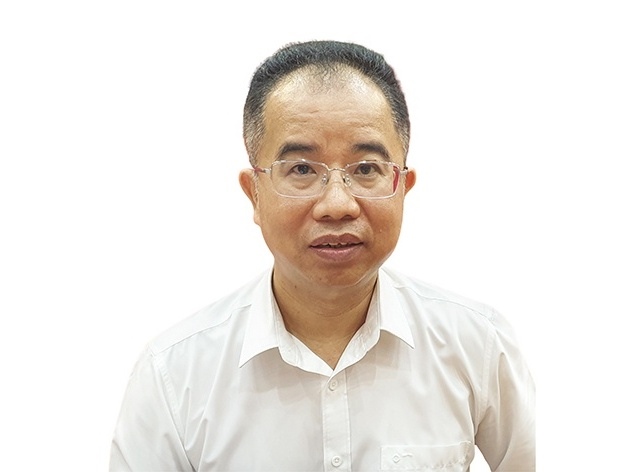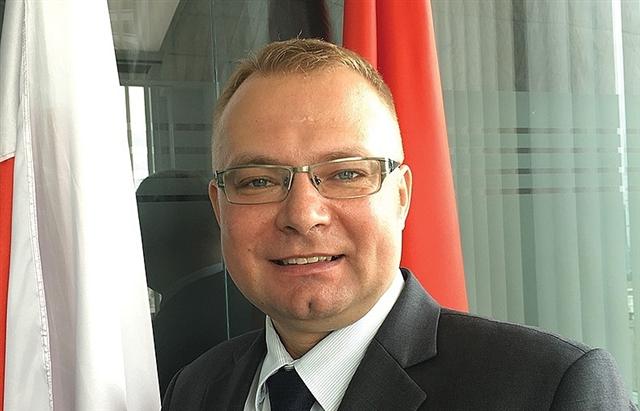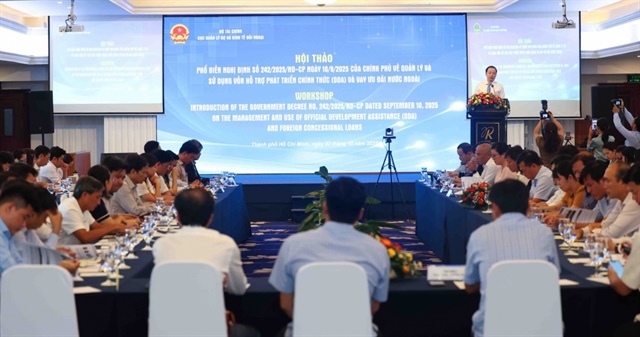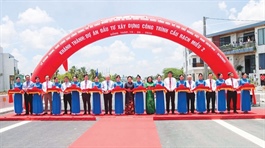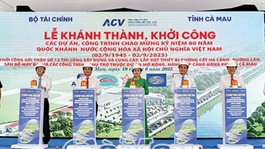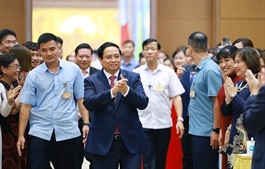Cutting red tape to help trade take shape in Việt Nam
Cutting red tape to help trade take shape in Việt Nam
The Ministry of Industry and Trade has rolled out several reforms to cut and simplify procedures, apply information technology, enforce administrative discipline and improve service quality.
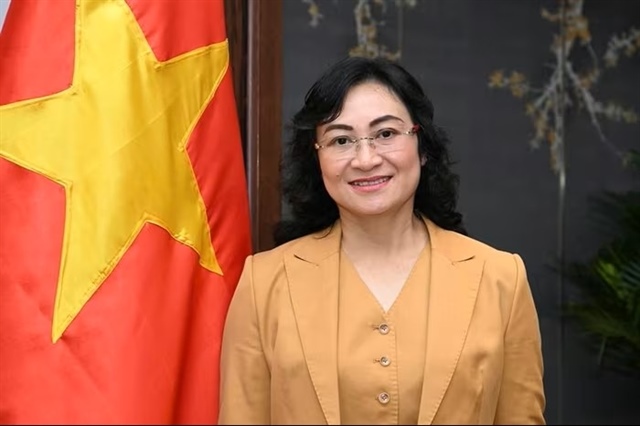
Deputy Minister of Industry and Trade Phan Thị Thắng. VNA/VNS Photo |
Deputy Minister of Industry and Trade Phan Thị Thắng talks to the Vietnam News Agency about measures taken by the ministry to reduce red tape and support domestic businesses.
The ministry says it is cutting red tape and simplifying procedures. What concrete steps has it taken?
Cutting and simplifying administrative procedures and business conditions is a core Party policy. It is set out in Resolution No 66-NQ/TW on renewing law-making and enforcement, and Resolution No 68-NQ/TW on private-sector development. The Prime Minister’s Official Dispatch No 22/CĐ-TTg also assigns key tasks to reduce procedures, improve the business climate and support socio-economic growth.
Following these directions, the ministry has pursued a clear approach: cut and simplify procedures, apply information technology, enforce administrative discipline and improve service quality. We have reviewed and redesigned processes, especially for online public services. We prioritise data re-use and electronic interconnection so that agencies can share information and avoid duplicate paperwork.
We now offer Level-4 online public services. People and firms can submit files and pay fees entirely online. We strictly handle violations in case processing. We also publish service-quality evaluations so that problems are corrected quickly.
All casework is processed in an electronic environment. Data are connected and shared with relevant bodies. We also communicate widely about reform and digital transformation to build consensus. The goal is a transparent, efficient administration that serves citizens and businesses and supports growth.
What results can the ministry show so far since the implementation?
We moved fast to support the two-tier local government model and to deepen decentralisation and devolution. The Government has issued Decree 139/2025/NĐ-CP and Decree 146/2025/NĐ-CP on devolution, decentralisation and the division of authority in areas under the industry and trade portfolio.
We have published and updated 147 administrative procedures in the National Database of Administrative Procedures under these decrees. We also released templates and detailed guidance. All work was completed on schedule as directed by the Government.
From 2021 to 2025, the ministry led the drafting and submission of more than 250 legal documents and over 20 strategies, master plans, plans, schemes and programmes across key fields. Several important laws were passed by the National Assembly, including the Petroleum Law, the Law on Protection of Consumers’ Rights, the Law on Electricity, the amended Law on Chemicals and the amended Law on Economical and Efficient Use of Energy. A range of decrees and circulars were also issued. Together, these measures strengthen the legal foundation for a clear and transparent business environment and support freedom of business and international integration.
Since 2017, we have consistently reviewed, cut and simplified investment and business conditions. In 2024, the minister issued a series of decisions to reduce or streamline rules within our remit. The number of business conditions under the Ministry’s scope fell from 1,216 to 560, in line with Government Resolution 66/NQ-CP on the 2025–2026 programme to cut administrative procedures related to production and business.
We also submitted to the Prime Minister Decision No 1643/QĐ-TTg, which approves a plan to further cut and simplify administrative procedures within our scope. It proposes reducing or simplifying another 137 conditions. In total, since 2017, about 66 per cent of the ministry’s business conditions have been abolished or simplified.
What challenges remain? What will the ministry prioritise next?
The external environment remains volatile and complex. Technology, innovation and digital transformation are advancing very quickly. Our infrastructure, human resources and policy mechanisms still need to catch up. Digital infrastructure is a particular constraint.
At the same time, the shift to a two-tier local government model and stronger decentralisation raises the bar for coordination and capacity. We must keep governance unified, policies coherent and management strong. Only then can we attract and sustain investment and maintain a stable, transparent and predictable environment for businesses.
Our next steps are clear. We will implement the Politburo’s four strategic resolutions assigned by the Government and the Prime Minister. We will focus on removing legal bottlenecks at the root. We will closely monitor the operation of two-tier local governments and resolve issues as they arise.
We will ensure the system runs smoothly and without gaps. We will not allow disruptions to public administration, sector oversight or the normal operations of enterprises. Our work is aimed at protecting production and business activities and the livelihoods of citizens, while sustaining reform momentum.
The direction is consistent: simpler, faster, more digital and more transparent. The end goal is a service-oriented administration that stands with people and businesses and helps drive Việt Nam’s development.
- 07:50 04/09/2025



